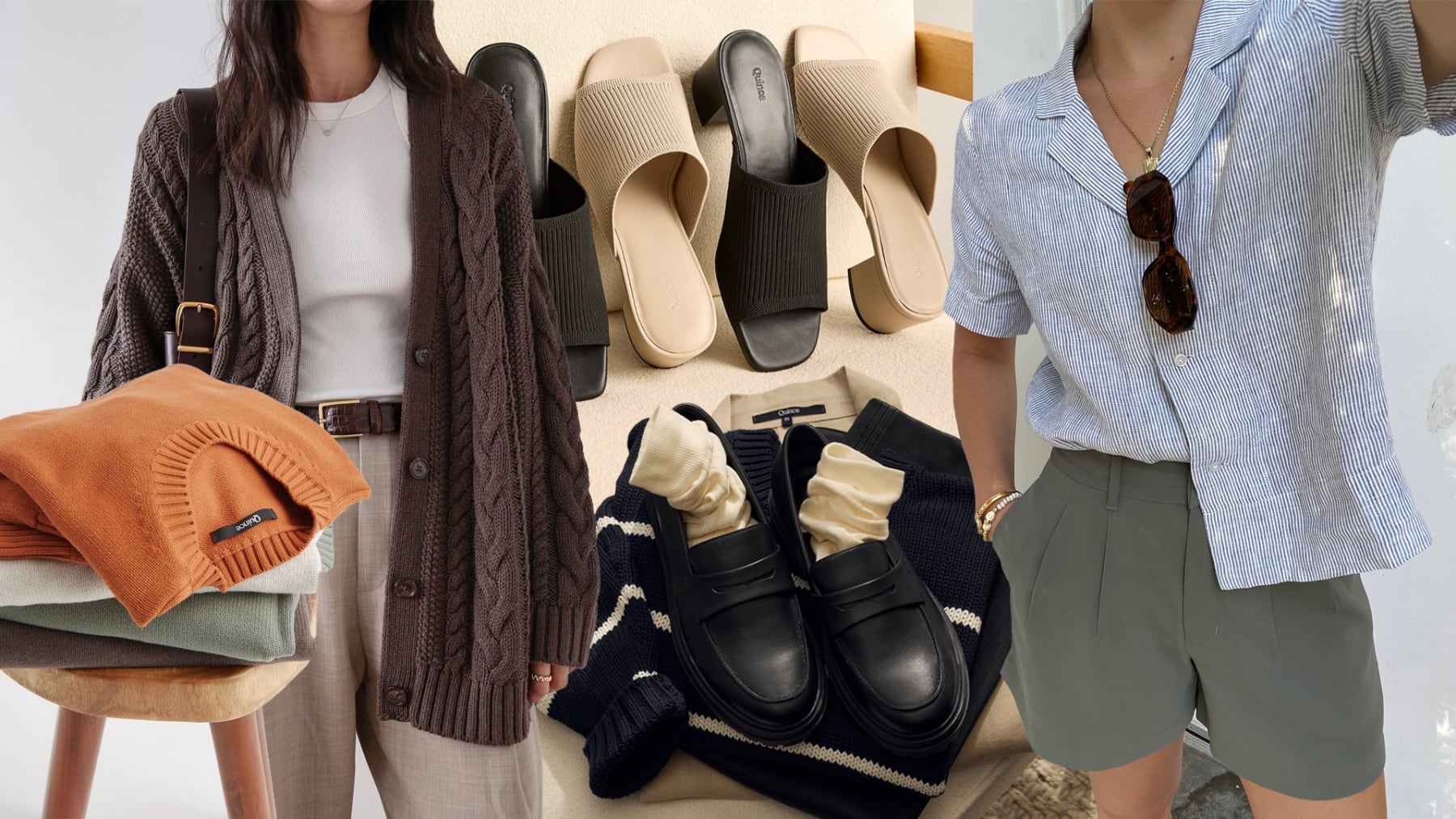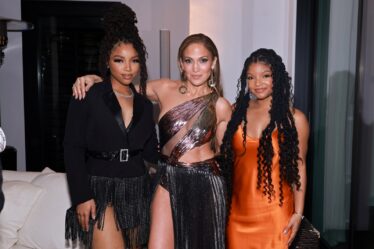
The author has shared a Podcast.You will need to accept and consent to the use of cookies and similar technologies by our third-party partners (including: YouTube, Instagram or Twitter), in order to view embedded content in this article and others you may visit in future.
Subscribe to the BoF Podcast here.
Background:
A growing number of direct-to-consumer brands are disrupting the luxury market by offering high-quality alternatives at more affordable prices. As traditional luxury brands focus on the ultra-wealthy and fast fashion dominates the budget market, these “dupe” brands cater to middle-class consumers who feel priced out of luxury but still want value for their money. Through transparent pricing and savvy use of social media, they are reshaping how consumers think about value and quality.
“The term dupe stems from duplication, but it also does speak to consumer sentiment around pricing today — they do feel duped,” says e-commerce correspondent Malique Morris. “Luxury brands have exponentially raised their prices for hip products in a way that is locking out middle class shoppers who typically could splurge on a few nice bags or a few nice sweaters a year.”
Key insights:
- As luxury brands continue to hike prices for their most popular products, middle-class consumers are feeling increasingly excluded from the luxury market. This sentiment is fueling the rise of brands like Quince and Italic. “Luxury brands have exponentially raised their prices for hip products in a way that is locking out middle class shoppers who typically could splurge on a few nice bags or a few nice sweaters a year,” says Morris. “The check is going to come due for luxury brands to explain why their prices are so high.”
- Dupe brands take advantage of this dynamic by being open about their costs, breaking down exactly how much it takes to produce their items and what they’re selling them for. “Dupe brands are almost annoyingly transparent about pricing in terms of breaking down,” Morris explains. “That’s refreshing for middle-class shoppers who are seeing the prices of things like milk and eggs rise inexplicably. Outside of this vague bogeyman of inflation, their dreams of owning a Chanel bag is moving further away with no real explanation on that front either.”
- Platforms like TikTok and Instagram have been instrumental in the rise of dupe brands, where influencers showcase cheaper alternatives to high-end products. However, the sustainability of this trend is uncertain. “If consumers stop caring about dupes and engagement goes down, then social media leverage on this front will die out for these brands, but right now, it really is a boon for them,” says Morris.
- While price is the main draw for dupe brands now, they will need to evolve beyond being simply the cheaper alternative. “What is our differentiator beyond offering good prices now? What is our storytelling? What are our products that are unique to us? If dupe brands can answer those questions, they’ll stop being seen as just cheaper versions,” says Morris.
Additional Resources:
- What Luxury ‘Dupe’ Brands Get Right About Shoppers: Start-ups like Quince and Italic that sell affordable basics made in the same factories as high-end brands are generating massive growth in appealing directly to middle-class shoppers who don’t want to resort to Shein hauls.
- Is Dupe Culture Out of Control? The widespread availability and acceptance of dupes has cracked open access to products and trends for wider audiences. It’s also made doing business more complicated for many independent designers.



